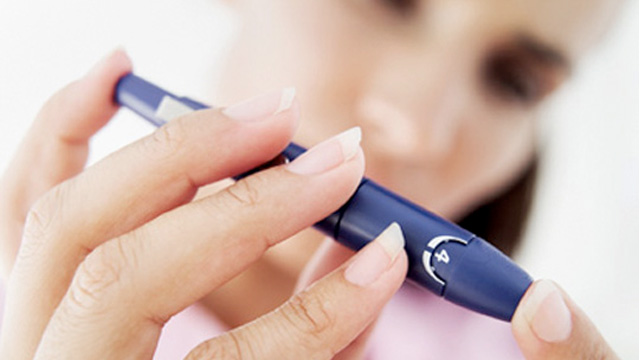Get yourself checked for diabetes if you have any of these symptoms and risk factors.

India is the world capital of diabetes, withover 30 million people being diagnosed with the disease. The prevalence of diabetes is higher in the urban cities than the rural areas.A person with the diabetes risk factor is more likely to develop prediabetes and type-2 diabetes. If yo have prediabetes, research shows that doing just two things can help you prevent or delay type-2 diabetes – lose five to seven per cent of your body weight and get at least 150 minutes each week of physical activity, such as brisk walking.
Risk factors for developing diabetes
- Being overweight or obese.
- Having a family history of diabetics.
- Having a prior history of gestational diabetes or birth weight more than nine pounds.
- Having high blood pressure measuring 140/90 or higher.
- Having abnormal cholesterol with HDL (“good”) cholesterol being 35 or lower, or triglyceride level being 250 or higher.
- Being physically inactive — exercising fewer than three times a week.
What is prediabetes?
People with blood glucose levels higher than normal, but not yet in the diabetic range have prediabetes. Doctors sometimes call this condition impaired fasting glucose (IFG) or impaired glucose tolerance (IGT), depending on the test used to diagnose it. Insulin resistance and prediabetes usually have no symptoms. You may have one or both conditions for several years without noticing anything. If you have prediabetes, you have a higher risk of developing type-2 diabetes. In addition, people with prediabetes also have a higher risk of heart disease.
How to prevent diabetes
- Research has proved that healthier eating, moderate weight loss and exercise can prevent or delay type-2 diabetes among adults at a high risk of diabetes.
- Anyone aged 45 years or older should consider getting tested for diabetes, especially if you are overweight. If you are younger than 45, but are overweight and have one or more additional risk factors, you should consider getting tested.
- Eat small and frequent meals.
- Eat fibre-rich foods like breakfast cereals made up of 100% whole grains, oatmeal, whole grain rice and whole-wheat bread.
- Eat a variety of fruits and vegetables every day.
- Choose fresh, frozen, canned, or dried fruit and 100% fruit juices most of the time.
- Eat plenty of veggies like broccoli, spinach, Brussels sprouts, carrots, sweet potatoes, pumpkin, winter squash, black beans, garbanzo beans, kidney beans, pinto beans, split peas and lentils.
- Avoid eating foods those are high in sugar, such as fruit-flavored drinks, sodas, tea or coffee sweetened with sugar.
- Use less salt in cooking.
- Avoid consuming foods that are high in salt, such as canned and package soups, canned vegetables, pickles and processed meats.
- Choose fewer high-fat foods and use less fat for cooking. You especially want to limit foods that are high in saturated fats or transfat like fatty cuts of meat, fried foods, whole milk and dairy products made from whole milk, cakes, candies, cookies, crackers and pies.





